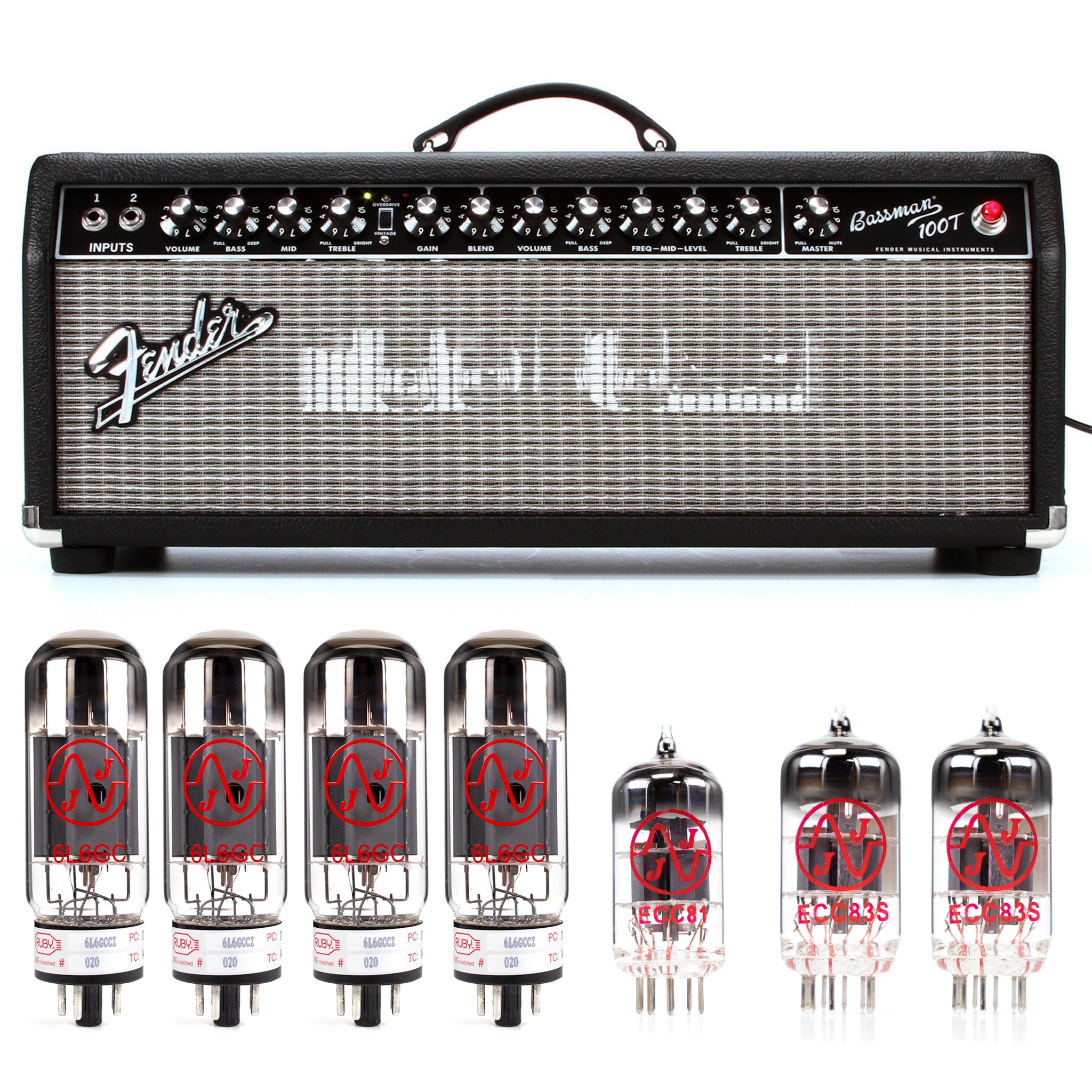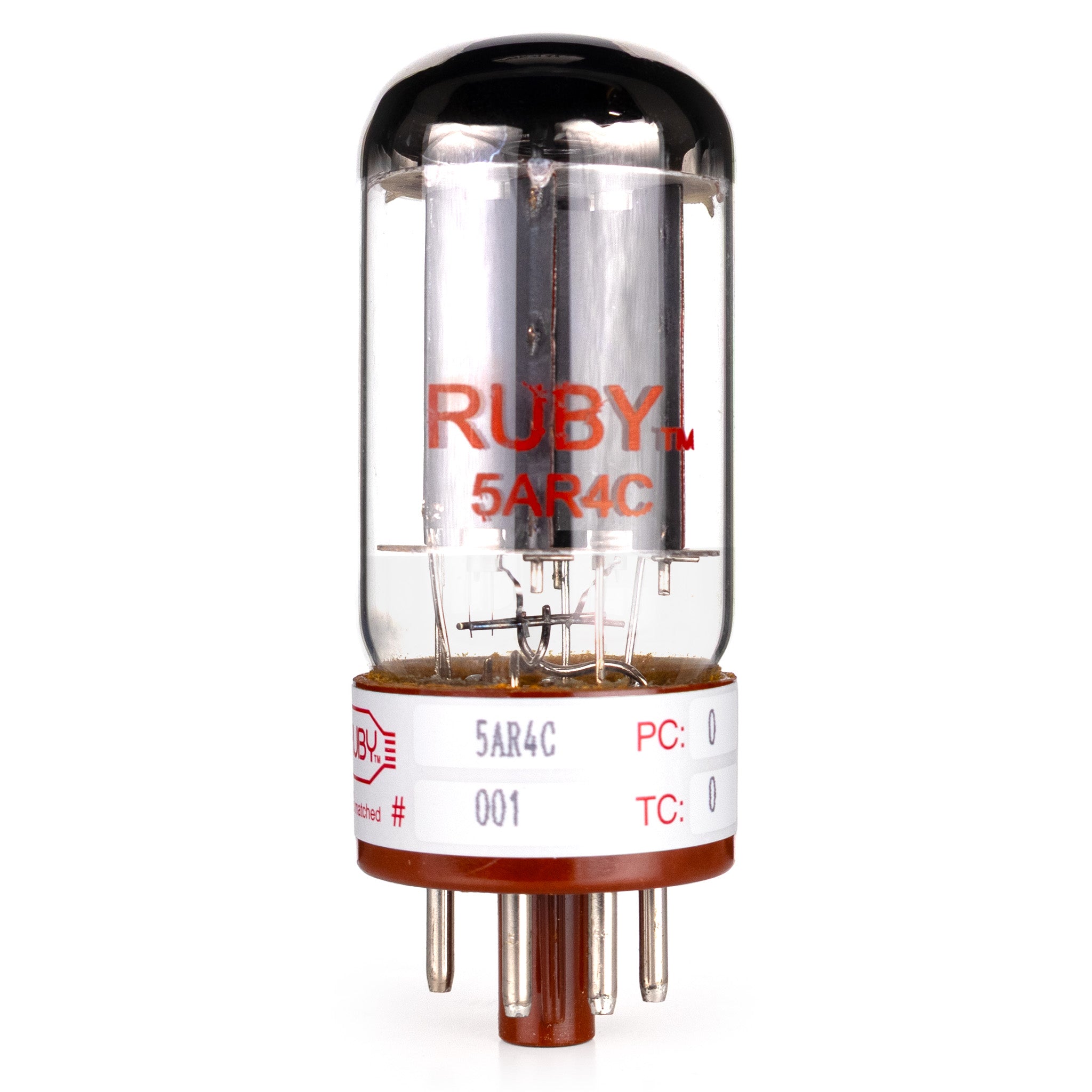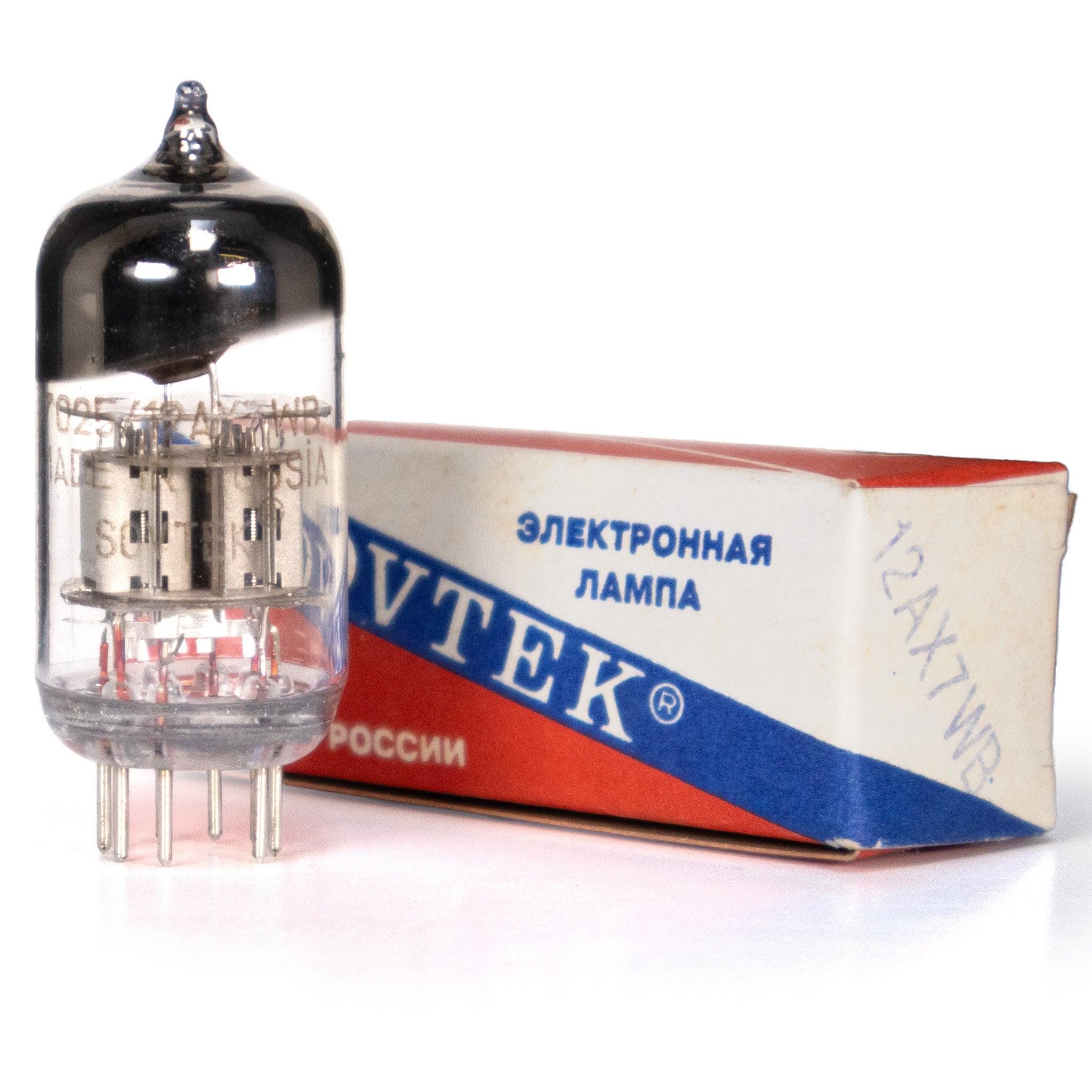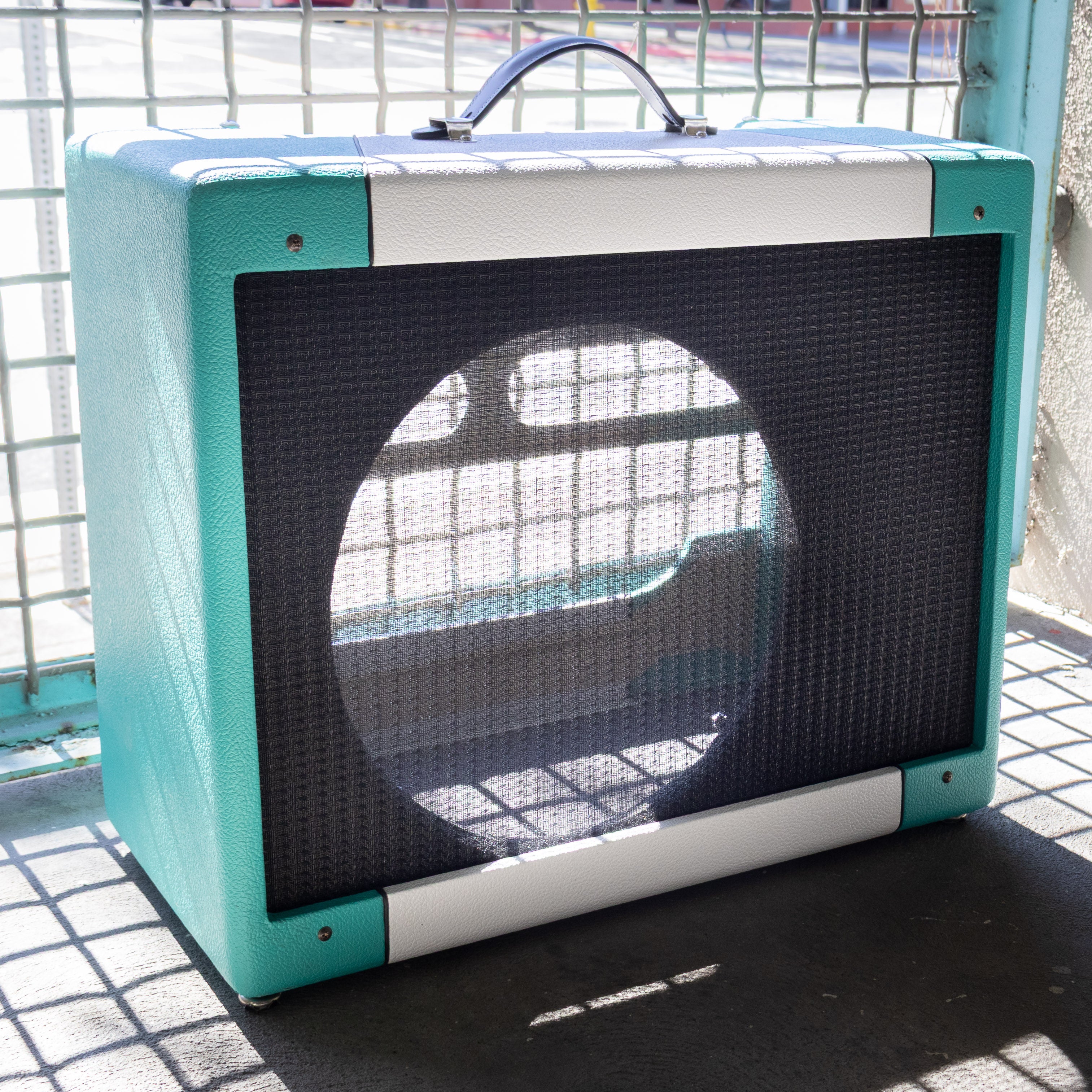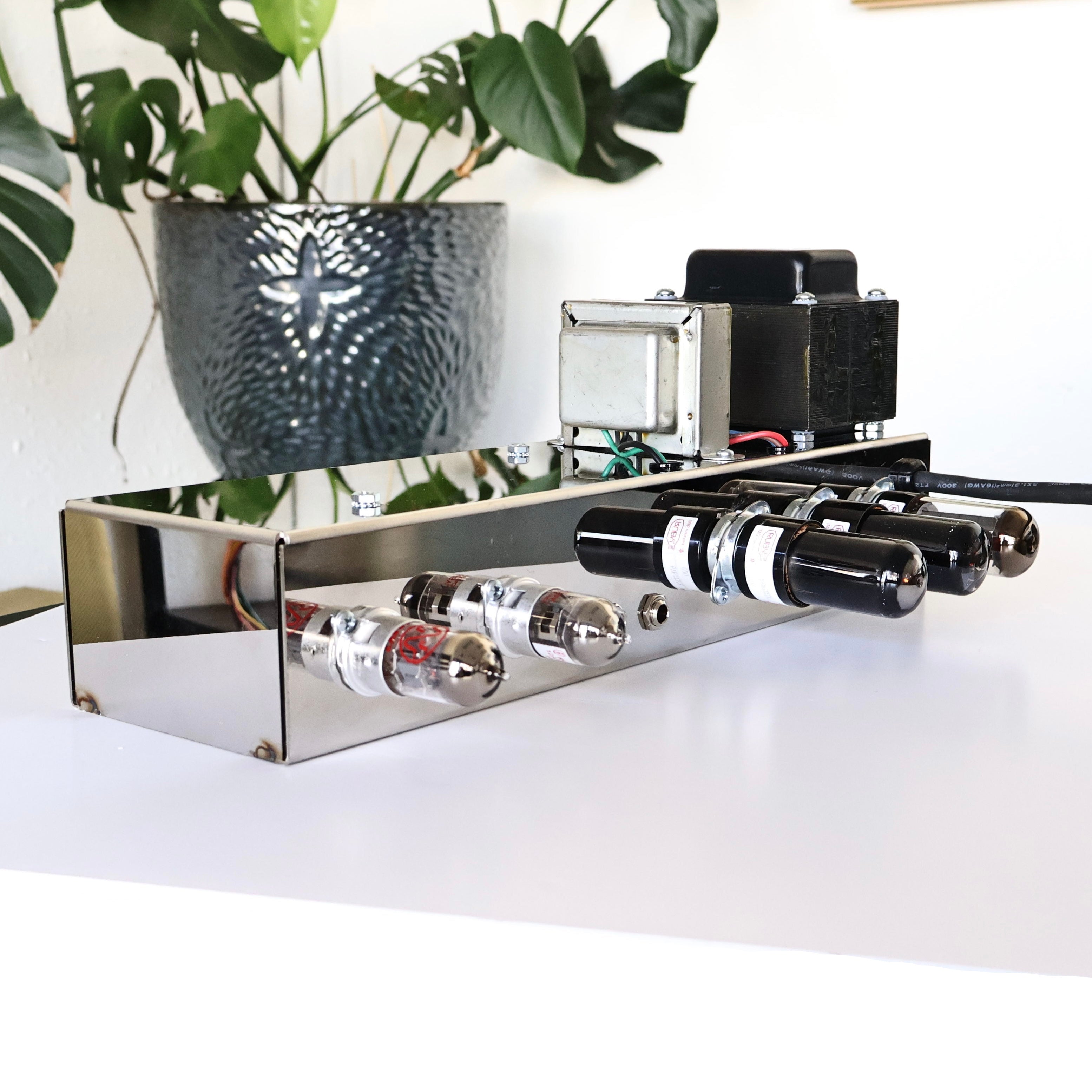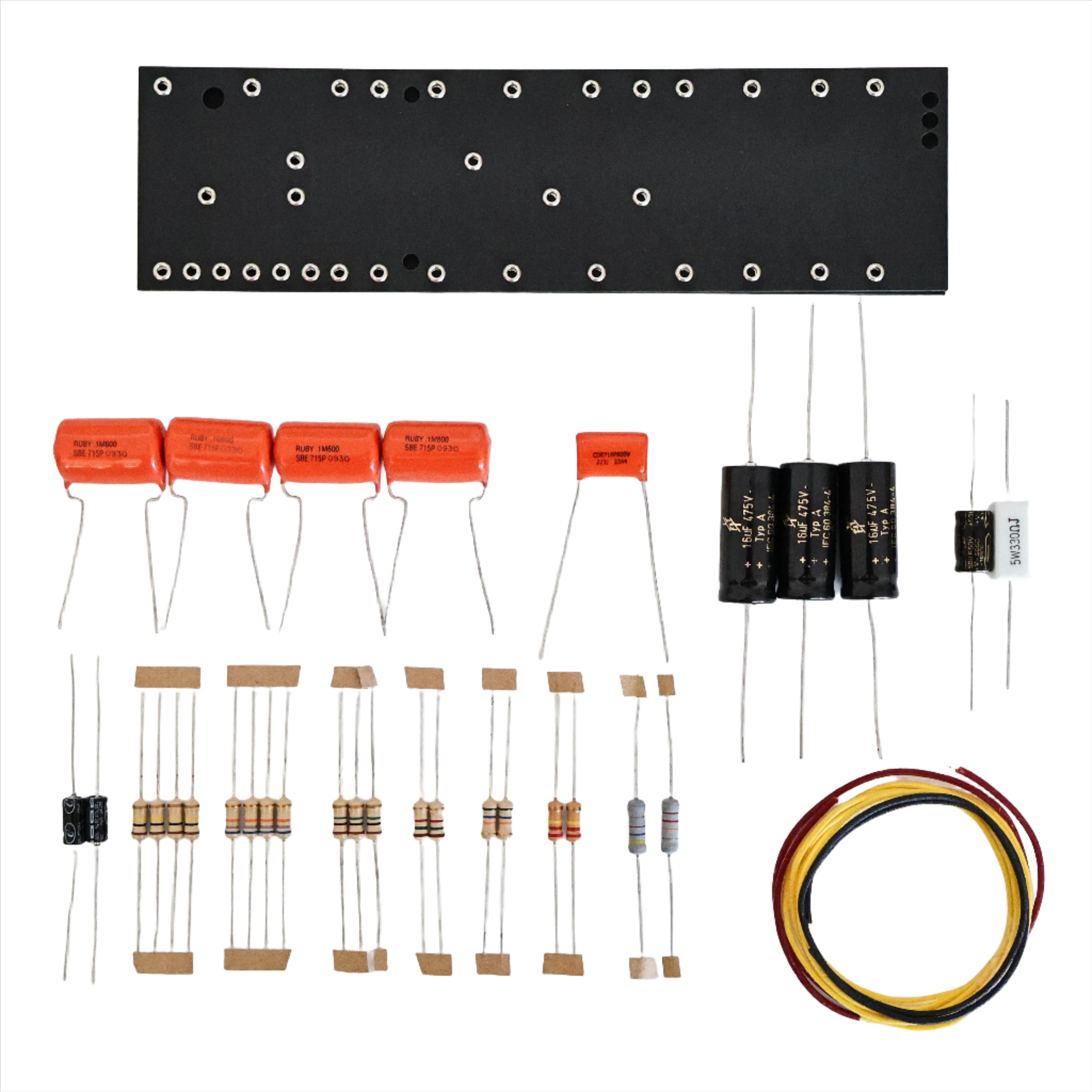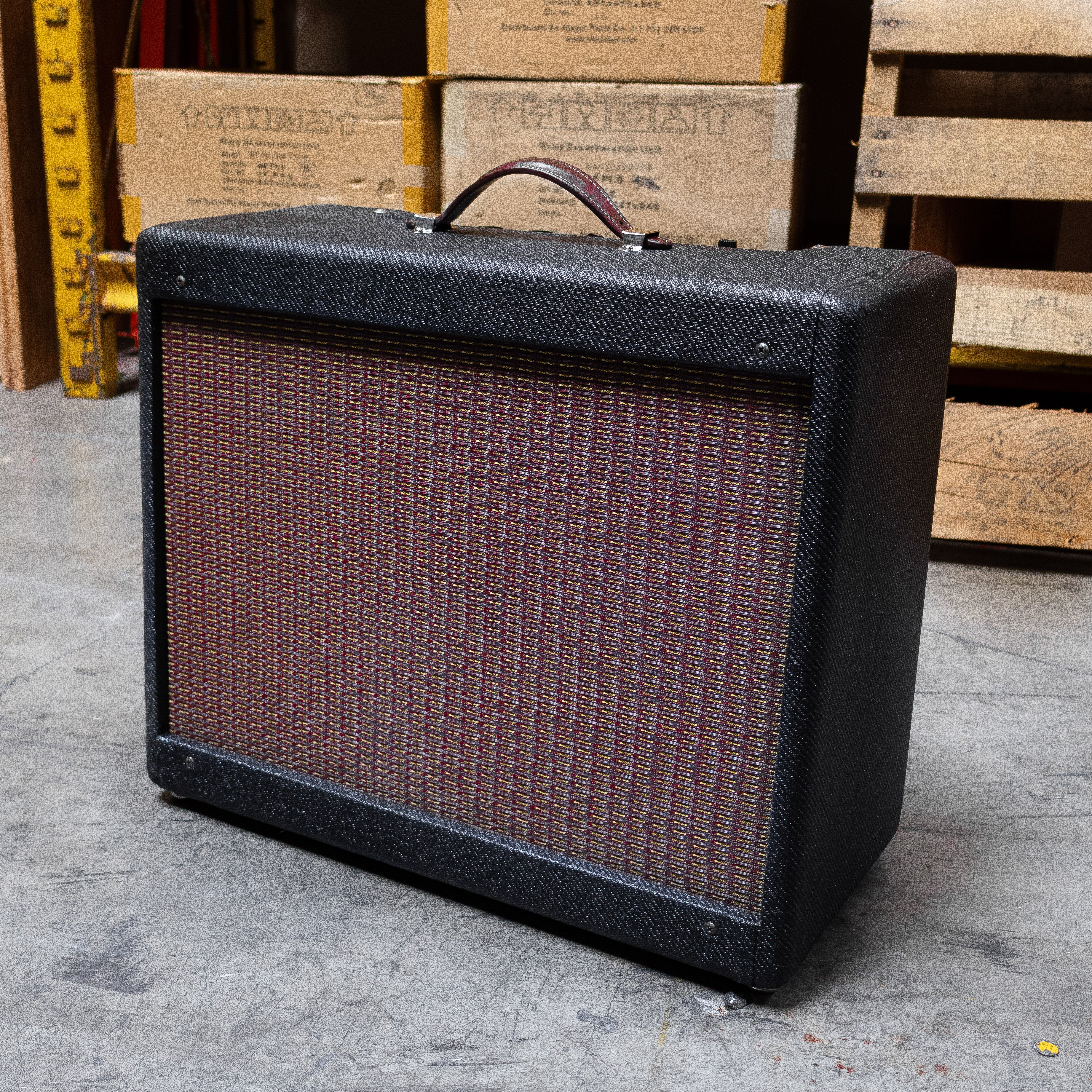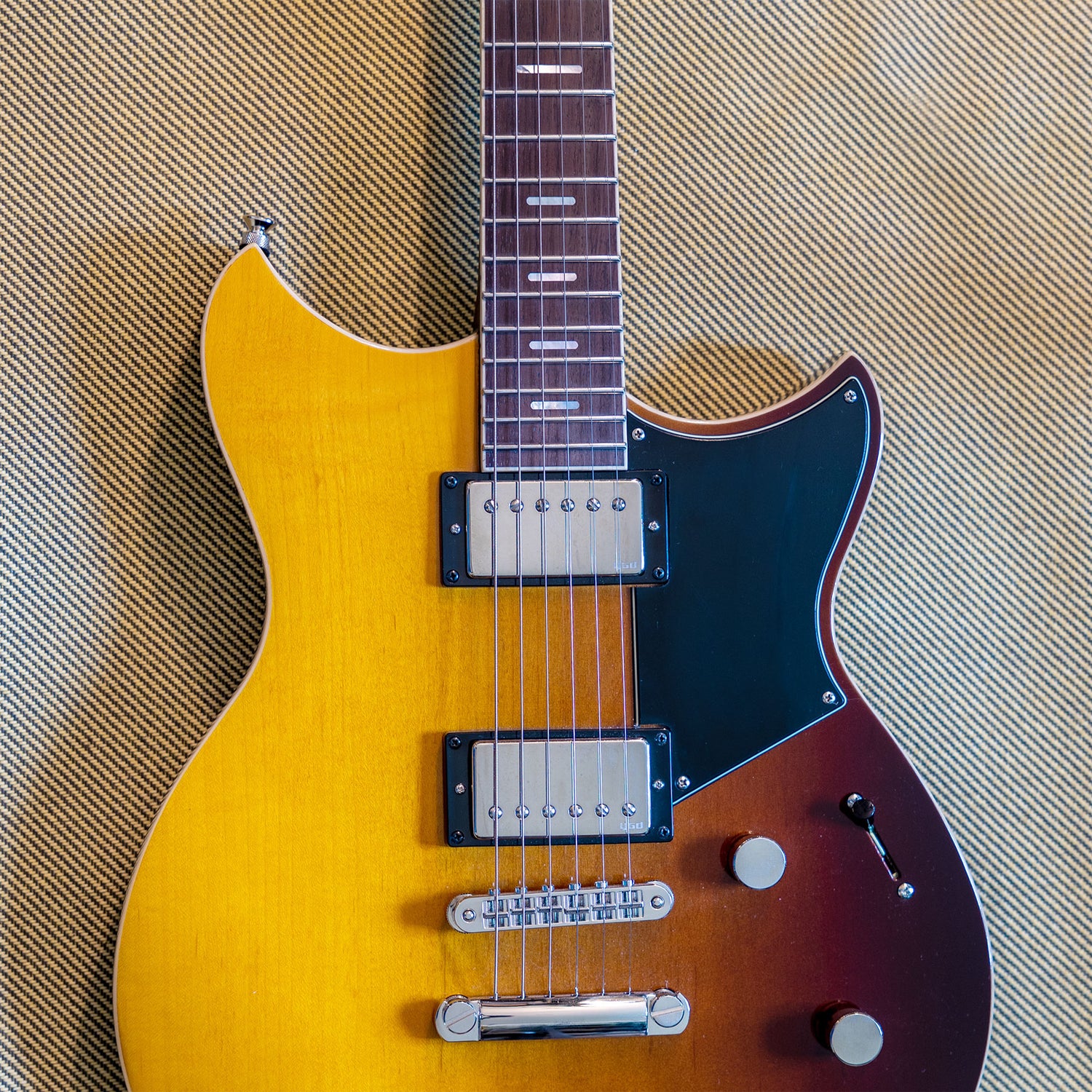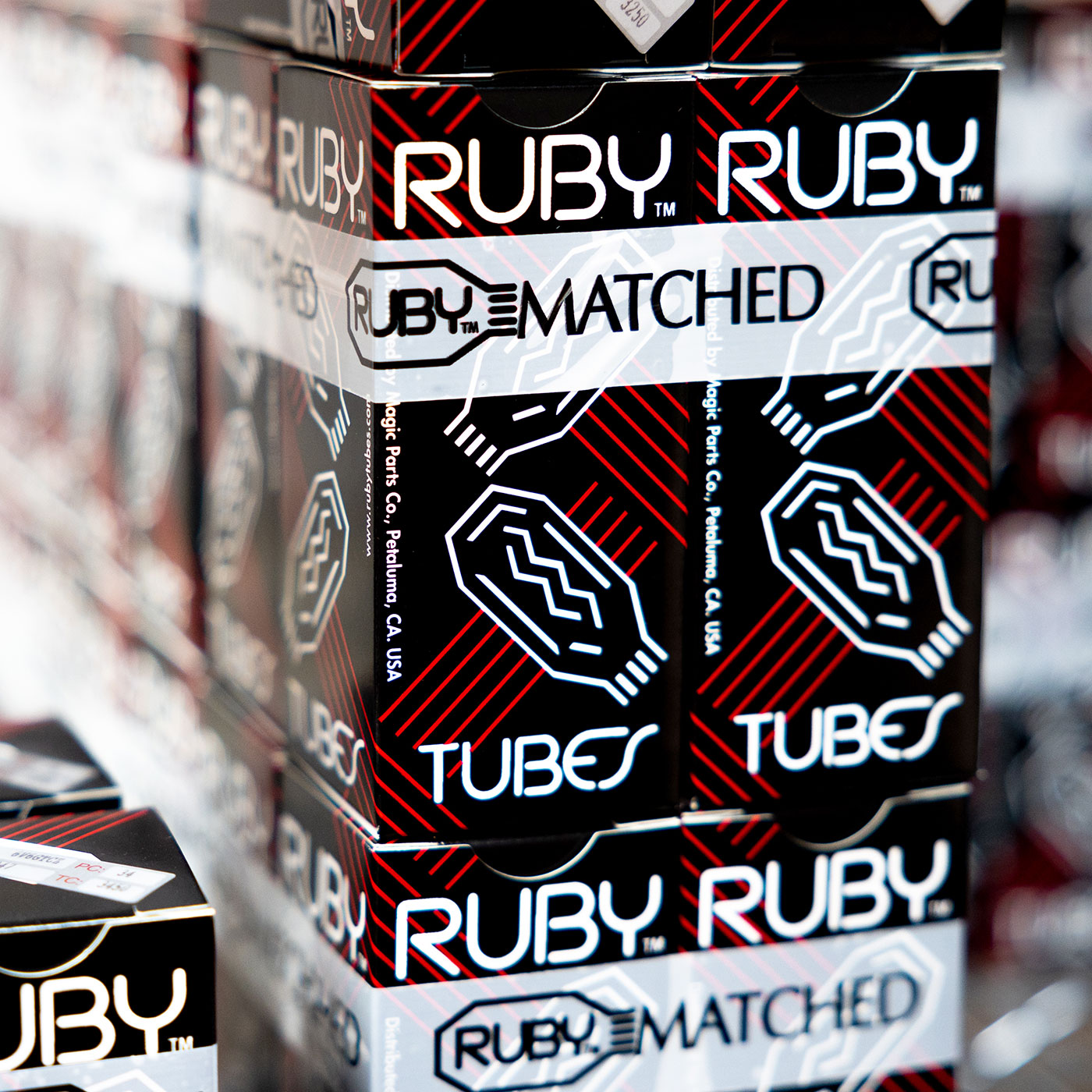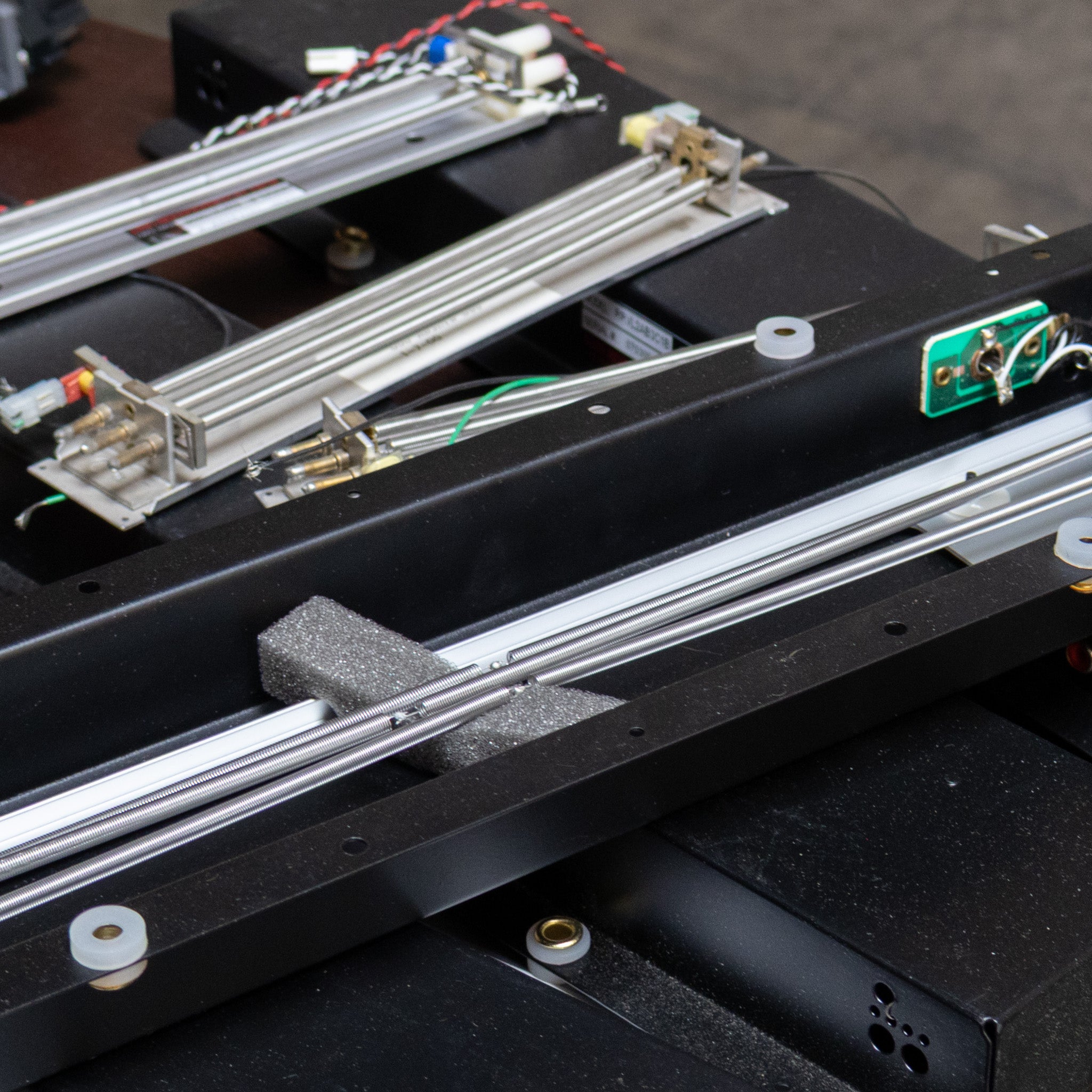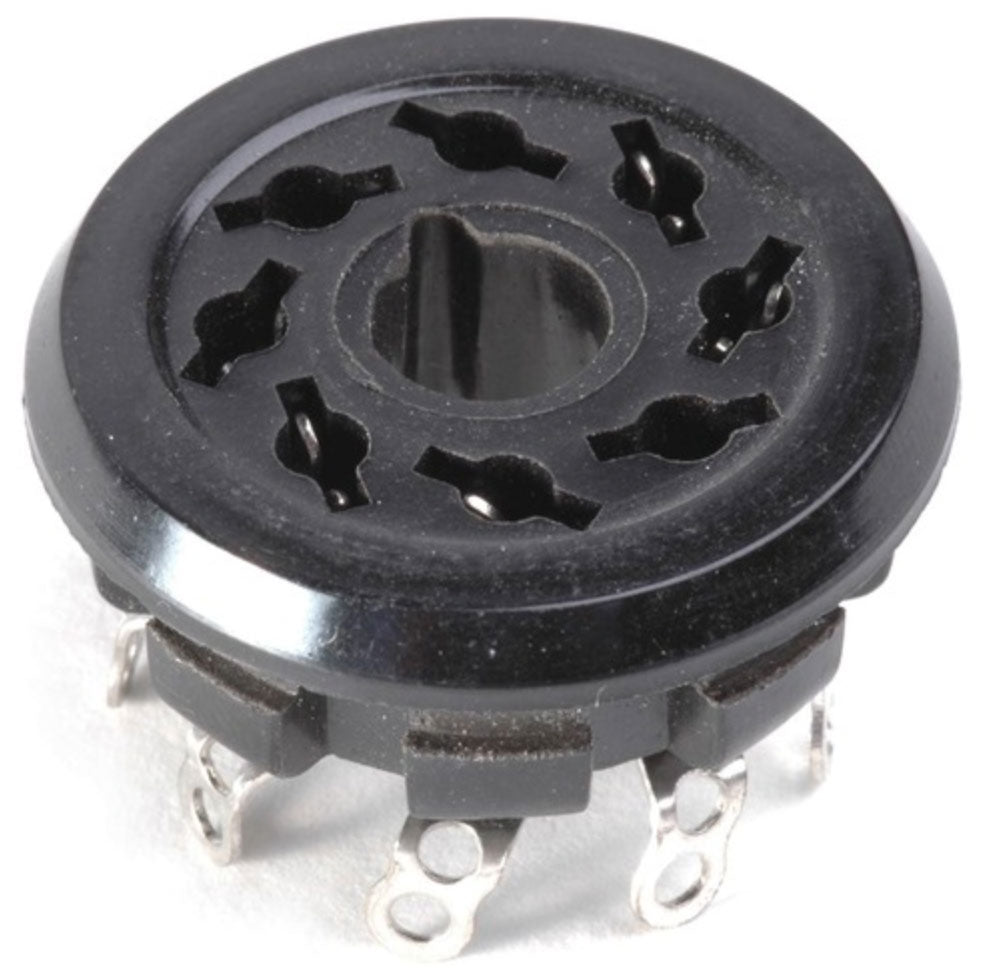Vacuum tubes are often referred to as magic parts in the world of audio amplifiers. One of the reasons for this is the way they improve harmonic distortion in amplifiers, creating a rich and warm sound that is highly sought after by audiophiles.
Harmonic distortion is an important aspect of amplifier design. When an amplifier is pushed to its limits, it can produce unwanted harmonics that can negatively affect the sound quality. However, when carefully controlled, harmonic distortion can enhance the sound by adding warmth, depth, and character to the music.
Vacuum tubes are particularly good at controlling harmonic distortion in amplifiers. They achieve this by using a completely different technology than their solid-state counterparts. Unlike transistors, which rely on semiconductors to amplify the signal, vacuum tubes use a combination of a heated cathode, an anode, and a grid to control the flow of electrons.
This unique combination of components creates a warm and rich sound that is often described as "magical." The vacuum tube's ability to control the flow of electrons also means that it can control the amount of harmonic distortion that is produced.
One of the reasons that vacuum tubes are so good at controlling harmonic distortion is that they produce mostly even-order harmonics. Even-order harmonics are often referred to as "sweet" or "musical" harmonics because they are more pleasing to the ear than odd-order harmonics, which can sound harsh or metallic.
Vacuum tubes also produce a natural compression that further enhances their ability to control harmonic distortion. This compression, which occurs when the vacuum tube is pushed to its limits, creates a natural limiting effect that softens the sound and adds warmth and depth to the music.
The use of vacuum tubes in audio amplifiers has a long and rich history that stretches back to the early days of audio recording. Today, vacuum tubes are still highly sought after by audiophiles and musicians who are looking for that "magical" sound.
In conclusion, vacuum tubes improve harmonic distortion in amplifiers in a way that can only be described as "magical." Their unique technology, which relies on a combination of a heated cathode, an anode, and a grid to control the flow of electrons, produces a warm and rich sound that is highly sought after by audiophiles. By controlling the amount of harmonic distortion produced, vacuum tubes create a sound that is both sweet and musical, adding warmth, depth, and character to the music.

